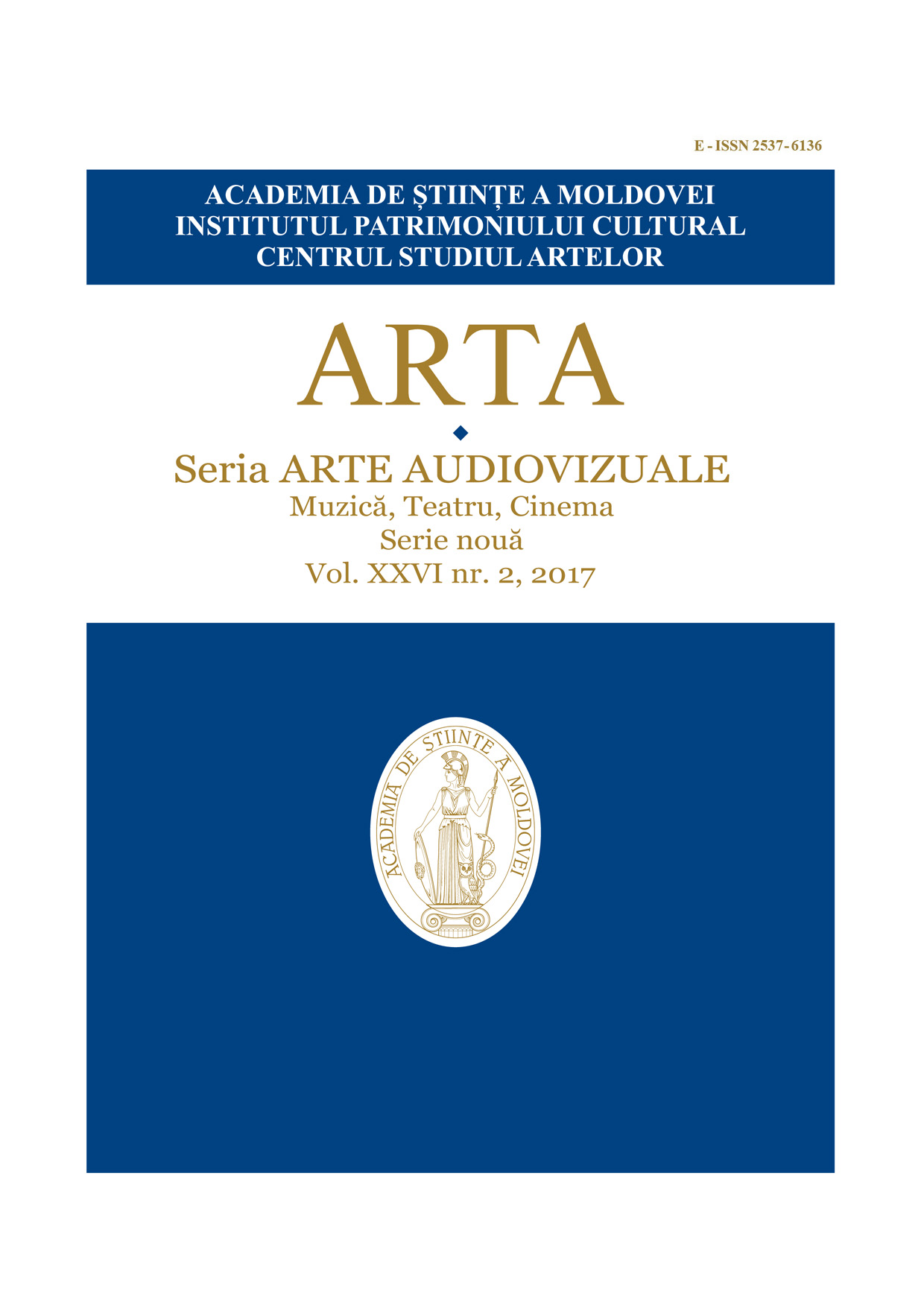Noi restituiri enesciene
New Enescian refunds
Author(s): Cornel ŢăranuSubject(s): Music
Published by: Institutul Patrimoniului Cultural al Academiei de Științe a Moldovei
Keywords: George Enescu; early creation; stylistic evolution; academic exigencies; individualized style; folk elements; Romanian folklore;
Summary/Abstract: The article refers to George Enescu’s early creation or, more precisely, to what is preserved from this section in the archives of the George Enescu Museum in Bucharest. ”The fantasy for violin and orchestra”, which dates from 1896–1897 is an unsigned and unfinished score, without a well-defined stylistic individuality, the first part of ”Concert for piano and orchestra” (1897) still tending to a classic paradigm, with certain post-Brahmsian echoes, the variants of a ”Suite Roumaine” (1896), to be considered for the presence of folkloric ”engrams”, the ”Piano Suite in Four Hands” (1898), stylistically representing the academic area and finally, ”Pastorale Fantezie pour petit orchestre” (1899), which take place on more personal stylistic coordinates come one by one into the attention of the author. George Enescu’s school works denote a sovereign dominance of classical forms, an admirable mastery in symphonic construction, a remarkable feeling of the features of concert and chamber music. The research highlights the evolution of the young composer in time, his stylistic maturity, the gradual change of his creative optics: from the preoccupation for the academic exigencies to his own language, marked by elements of the Romanian folklore and announcing the appearance of the two ”Romanian Rhapsodies”.
Journal: Revista ARTA
- Issue Year: XXVI/2017
- Issue No: 2
- Page Range: 11-13
- Page Count: 3
- Language: Romanian

